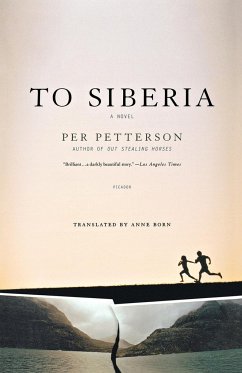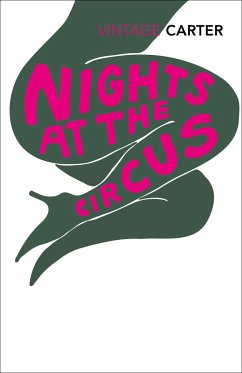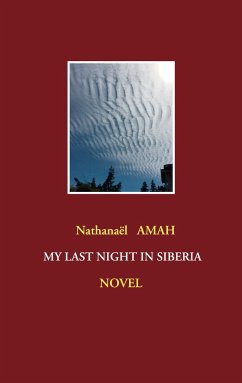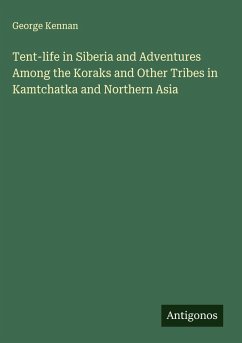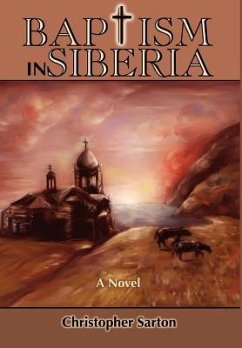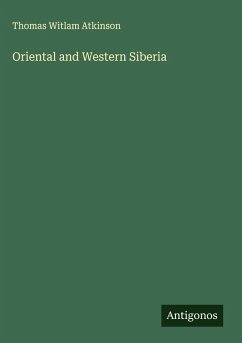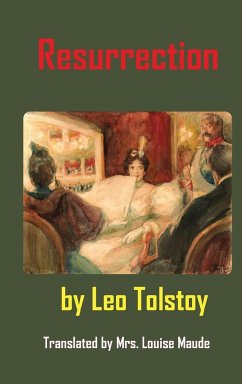
Resurrection
Versandkostenfrei!
Versandfertig in 1-2 Wochen
26,99 €
inkl. MwSt.

PAYBACK Punkte
13 °P sammeln!
Framed for murder, the maid, Maslova, is convicted of the crime and sent to Siberia. Nekhlyudov goes to visit her in prison, meets other prisoners, hears their stories, and slowly comes to realize that all around his charmed and golden aristocratic world, yet invisible to it, is a much larger world of oppression, misery and barbarism. Story after story he hears and even sees people chained without cause, beaten without cause, immured in dungeons for life without cause, and a twelve-year-old boy sleeping in a lake of human dung from an overflowing latrine because there is no other place on the ...
Framed for murder, the maid, Maslova, is convicted of the crime and sent to Siberia. Nekhlyudov goes to visit her in prison, meets other prisoners, hears their stories, and slowly comes to realize that all around his charmed and golden aristocratic world, yet invisible to it, is a much larger world of oppression, misery and barbarism. Story after story he hears and even sees people chained without cause, beaten without cause, immured in dungeons for life without cause, and a twelve-year-old boy sleeping in a lake of human dung from an overflowing latrine because there is no other place on the prison floor, but clinging in a vain search for love to the leg of the man next to him, until the book achieves the bizarre intensity of a horrific fever dream.





